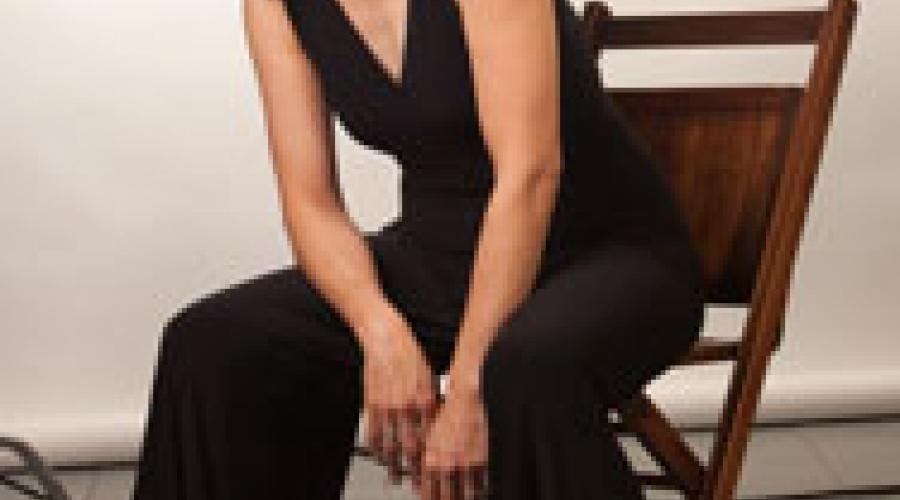Archive
CNMAT Flashback
A look back at some items in our archives.
Regent's Lecturer Gloria Cheng in concert
Frank Gratkowski, Chris Brown, Willy Winant, and David Wessel
Archive Browser
Joy of Hex and the Cordless Guitars of the Future
Adrian Freed, CNMAT UC Berkeley
During the first half of my talk I illustrated my view of the primary identity of the electric guitar as a vehicle for sonic, and stylistic imitation. I lead the talk with a sound example from Hendrix's Live in Berkeley concert where he introduces himself as performing on the "public saxophone". I concluded this half by showing
Concerts during the "Identity of the Electric Guitar" conference
"Haunted for Augmented Guitar" Otso Lahdeoja
I particularly appreciated how Otso smoothly integrated the augmented features of his guitar into his playing.
Waves plugins dialog prevents launch
Here's the solution:
http://www.digidesign.com/index.cfm?navid=3&langid=100&itemid=36611&cate...
Identities of the Electric Guitar at the Maison des Sciences de l'Homme Paris-Nord
The electric guitar has accompanied the major musical and cultural revolutions of the 20th century.
It is intimitely related to technological modernity and cultural industries, tracking these in its own evolution.
The goal of this two day conference is to support multidiscplinary reflections on the electric guitar.
Monitor won't work?
The G5 seems unhappy when the DVI connection is the only monitor. I've had to go find an ADC monitor and plug it in to get the DVI port to work properly. Then, you can ditch the ADC monitor.
I remember this being a problem the first time the G5 got on the KVM switch, but don't remember the solution.
USB won't work?
This computer is also flaky about recognizing the USB for the mouse and keyboard on startup. Unplugging and plugging back in takes care of it.
English Version
Aaron Einbond presents a lecture/workshop that introduces students to CNMAT software tools and techniques for music composition and performance.
Téléchargements et Liens
##Télécharger
- Max/MSP (Mac OSX ou Windows XP) peut être téléchargé et installé gratuitement, muni de l'ensemble de ses fonctionnalités pour 30 jours à partir du site : www.cycling74.com
- Téléchargez tous les outils de CNMAT ici sous "Everything" : [cnmat:downloads|CNMAT Downloads].
À revoir souvent -- la dernière mise à jour était en janvier 2009!
CNMAT 20th Anniversary: July 1, 1989 - July 1, 2009
CNMAT celebrates twenty years.
Académie de Composition in Blanc-Mesnil, France, June 29-July 3, 2009
Aaron Einbond présentera des séances d’initiation aux outils de traitement informatique du son avec Max/MSP proposés par le CNMAT - en direction notamment des étudiants intéressés par l’interaction instrument/machine.
##Sujets :
- Introduction ultra-rapide à Max/MSP 5
+ Outils spectraux d'analyse et de (re)synthèse du CNMAT
- la synthèse additive et soustractive
2009 Max/MSP/Jitter Day School Syllabus
Max/MSP/Jitter is a graphical environment for music, audio, and multimedia that runs on both Macintosh (OSX) and Windows XP platforms. In use worldwide for over fifteen years by performers, composers, artists, teachers, and students, Max/MSP/Jitter is the way to make your computer do things that reflect your individual ideas and dreams.
##Topics:
- Navigating the user interface
Monday Lab: Polyphonic Metronome
# What we have provided
- "percussion-buffers", a small patch which reads nine percussion sound files into nine buffers.
- "simple-sampler~", a straightforward sample-playback synthesis patch based on play~. There is also a help patch that shows how to use simple-sampler~.
- "simple-draw.maxhelp" draws triangles, squares, and circles into an LCD object.
# Your assignment
Tuesday Lab: Sequencer / Dynamic Slide Show
# Your assignment
Play with the additive synthesizer instrument we have provided (named simple-additive~) to get a feel for additive synthesis.
Play with the slide show patch we have provided, named "simple-slideshow."
Wednesday Lab: Envelopes, Tweens, Transitions
# Your assignment
## Sound
Play with the patches we have provided for making envelopes with line~ and adsr~ to get a feel for amplitude envelopes, and make yourself a collection of amplitude envelopes that you like. Name them envelope1, " envelope2", " etc."
Thursday Lab: Live Processing
Live processing
Friday Lab
Friday Lab
Monday Lecture: Anatomy of a Message
# Ideas
Max is a graphical programming where messages are passed between objects using patch cords. Today's lecture begins with the mode of interacting with the Max environment (locked/unlocked, patching/presentation). It moves on types (ints, floats, symbols, lists, audio, matrix) of messages, and how they can be formed and transmitted. Basic debugging techniques are addressed.
#Topics
Tuesday Lecture: Managing Lists
# Ideas
A common and powerful method of control is grouping messages together into lists, and storing lists in collections to be played back, like a musical score. Methods of creating an playing scores will be discussed.
Also, as projects get more complex, it becomes useful to organize one's patches. Two useful tools are: Sub-patchers and Abstractions.
# Topics
Wednesday Lecture: Moving in Time
#Ideas
Much Max programming can be thought of "getting the right message to the right place at the right time". Today we examine more nuanced temporal behavior, using objects to smoothly move from one state (keyframe, sound) to the next.
#Topics
- transitions in the control domain
- transitions in the signal domain
- transitions between images
#Objects
- line and line~
- adsr~
2009 Max/MSP/Jitter Night School: Syllabus and Patches
See below for for day by day break down...


